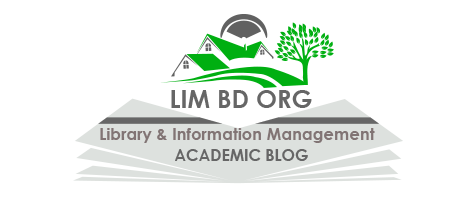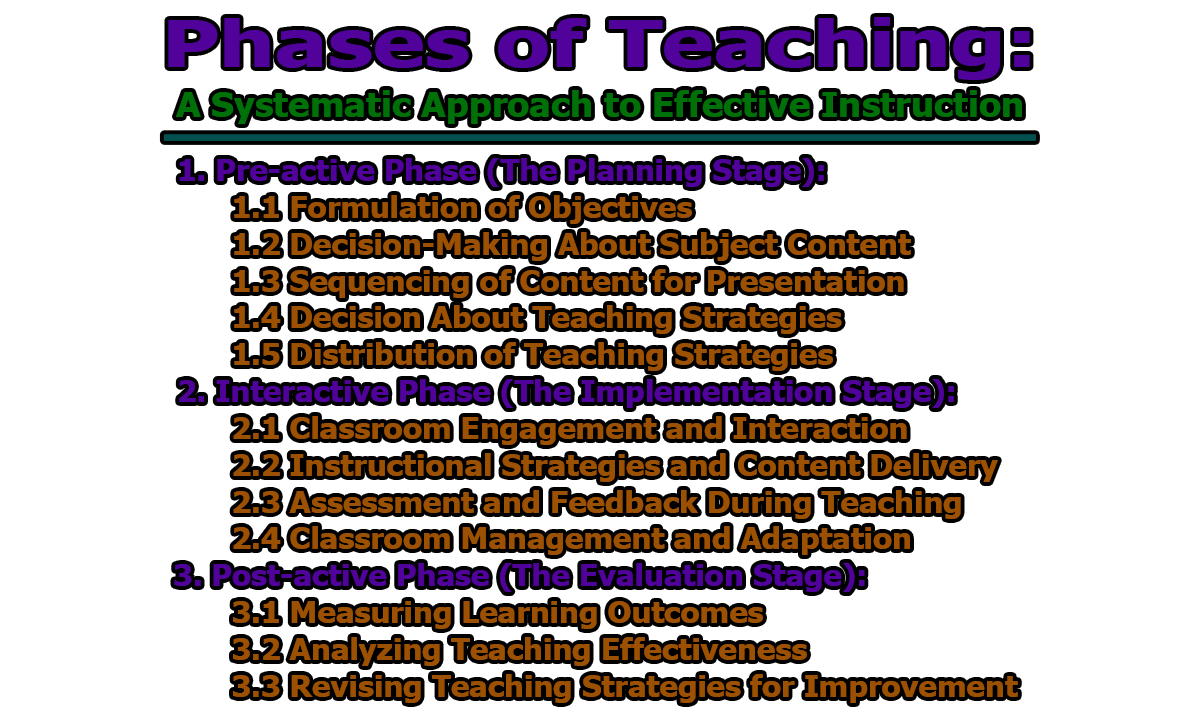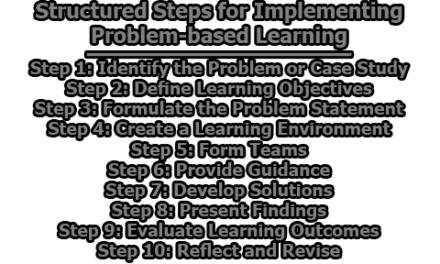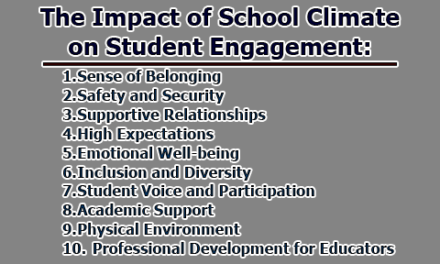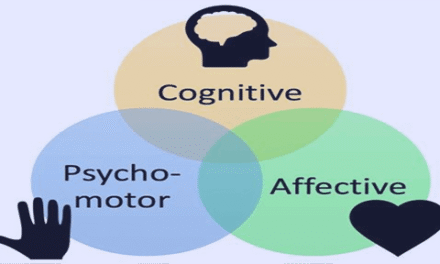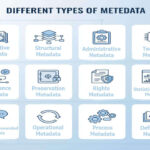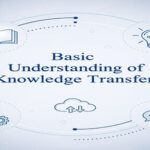Phases of Teaching: A Systematic Approach to Effective Instruction
Teaching is an intricate and dynamic process that takes place within a structured social framework. To ensure its effectiveness and make learning comprehensible for students, teaching must be carried out in systematic steps. According to Jackson (1968), the teaching process can be divided into three distinct phases: the pre-active or planning phase, the interactive or implementation phase, and the post-active or evaluation phase. Each of these stages plays a crucial role in enhancing the teaching-learning experience and ensuring educational success. In the rest of this article, we will explore the phases of teaching: a systematic approach to effective instruction.
1. Pre-active Phase (The Planning Stage):
The pre-active phase, also known as the planning phase, is the foundational stage of teaching, where the teacher engages in all preparatory activities before entering the classroom. This phase ensures that the lesson is well-structured, engaging, and effectively tailored to meet the needs of students. The teacher formulates objectives, selects content, determines teaching strategies, and prepares teaching materials to create an optimal learning environment (Jackson, 1968).
1.1 Formulation of Objectives: Setting clear and well-defined teaching objectives is the first and most crucial step in the planning stage. These objectives help guide the instructional process and shape student learning outcomes. Teaching objectives are categorized into two types:
- Entering Behavior: This refers to the prior knowledge, skills, attitudes, and cognitive abilities that students bring into the classroom. The teacher assesses this information to determine the appropriate starting point for instruction.
- Terminal Behavior: This describes the expected learning outcomes that students should achieve by the end of the lesson. These outcomes serve as benchmarks for evaluating the effectiveness of the instruction (Gagné, 1985).
Bloom’s Taxonomy of Educational Objectives provides a structured approach to defining learning outcomes by categorizing them into cognitive (knowledge-based), affective (attitude-based), and psychomotor (skill-based) domains (Bloom, 1956).
1.2 Decision-Making About Subject Content: Once objectives are formulated, the teacher selects the appropriate content to be taught. The content selection process is guided by the following considerations:
- Curriculum Alignment: Ensuring that the content aligns with the prescribed syllabus and academic standards.
- Relevance to Students: The teacher considers students’ prior knowledge and cognitive levels to make the content relatable and engaging.
- Achievement of Learning Outcomes: The chosen content must support the desired terminal behavior.
- Motivational Techniques: The teacher plans strategies to sustain student interest, such as storytelling, real-life applications, or inquiry-based learning.
- Selection of Teaching Methods: Different methods like lectures, discussions, demonstrations, or problem-solving techniques are considered based on content complexity and student needs (Bruner, 1966).
1.3 Sequencing of Content for Presentation: Proper organization of content ensures a logical and psychologically effective flow of information. The teacher arranges the content in a structured manner to facilitate knowledge retention and application. This process includes:
- Logical Sequencing: Arranging concepts from simple to complex to ensure progressive learning.
- Psychological Sequencing: Considering how students best understand and relate to information based on cognitive development theories (Ausubel, 1968).
- Transfer of Learning: Structuring content in a way that allows students to apply newly acquired knowledge to real-world situations. For example, mathematical concepts may be introduced first before applying them in physics.
1.4 Decision About Teaching Strategies: The teacher selects appropriate instructional methods and strategies to enhance the learning experience. Key considerations include:
- Learner-Centered Approaches: Interactive strategies such as discussions, problem-solving, and collaborative learning (Vygotsky, 1978).
- Differentiated Instruction: Modifying teaching methods to cater to diverse student needs, such as visual, auditory, or kinesthetic learning styles.
- Use of Technology: Incorporating digital tools, simulations, and multimedia resources to support engagement and comprehension (Merrill, 2002).
1.5 Distribution of Teaching Strategies: Beyond selecting teaching strategies, the teacher must also plan the timing and delivery of these strategies within the lesson. This step includes:
- Integration of Teaching Aids: Deciding when and how to use visual aids, models, or hands-on activities.
- Time Management: Allocating time for explanations, activities, discussions, and assessments to ensure a well-balanced lesson.
- Classroom Management Techniques: Planning for student engagement, handling disruptions, and creating an inclusive learning environment.
2. Interactive Phase (The Implementation Stage):
The interactive phase, also known as the implementation stage, is where the actual teaching-learning process occurs. This phase involves the direct interaction between the teacher and students, focusing on content delivery, student engagement, and knowledge acquisition. The effectiveness of this phase depends on how well the teacher executes the lesson plan formulated during the pre-active phase (Jackson, 1968).
2.1 Classroom Engagement and Interaction: Once the teacher enters the classroom, they must create an environment conducive to learning. This involves:
- Establishing a Positive Learning Atmosphere: Building rapport with students, setting clear expectations, and fostering a supportive classroom environment.
- Active Student Participation: Encouraging students to ask questions, engage in discussions, and collaborate with peers (Vygotsky, 1978).
- Use of Effective Communication Skills: Clear articulation, tone modulation, and non-verbal cues such as gestures and eye contact enhance the learning experience.
2.2 Instructional Strategies and Content Delivery: The teacher employs various instructional techniques to facilitate understanding and retention:
- Direct Instruction: Lectures, demonstrations, and guided explanations for structured learning.
- Interactive Methods: Group discussions, problem-solving exercises, and hands-on activities that promote active learning (Bruner, 1966).
- Use of Teaching Aids: Visuals, multimedia, and simulations enhance conceptual clarity and engagement (Merrill, 2002).
2.3 Assessment and Feedback During Teaching: Continuous assessment ensures that students are comprehending the material effectively:
- Formative Assessments: Quizzes, oral questioning, and class discussions help gauge student understanding in real-time.
- Feedback Mechanisms: Providing constructive feedback helps students refine their learning and addresses misconceptions immediately.
- Reinforcement Techniques: Positive reinforcement (praise, rewards) and corrective feedback guide student behavior and learning outcomes (Gagné, 1985).
2.4 Classroom Management and Adaptation: Teachers must dynamically adjust their strategies based on student responses:
- Handling Disruptions: Implementing discipline strategies to maintain an orderly classroom.
- Adapting to Student Needs: Differentiating instruction based on student progress and engagement levels.
- Encouraging Higher-Order Thinking: Prompting students with challenging questions and real-world applications.
3. Post-active Phase (The Evaluation Stage):
The post-active phase, also known as the evaluation stage, serves as the concluding part of the teaching process. This phase is essential for determining the effectiveness of instruction and assessing whether the educational objectives set in the pre-active phase have been achieved (Jackson, 1968). It involves measuring student learning outcomes, reviewing teaching strategies, and making necessary adjustments to improve future teaching sessions.
3.1 Measuring Learning Outcomes: At the end of the lesson, the teacher assesses whether students have attained the intended learning objectives. This assessment can take multiple forms, such as:
- Summative Assessments: Standardized tests, quizzes, and final exams that evaluate overall student understanding.
- Performance-Based Evaluations: Assignments, presentations, and projects that reflect the practical application of knowledge.
- Student Self-Assessment: Encouraging learners to reflect on their progress and understanding through journals or peer reviews (Bloom, 1956).
3.2 Analyzing Teaching Effectiveness: The teacher evaluates their own performance to identify strengths and areas for improvement. This includes:
- Reviewing Student Feedback: Gathering insights from student surveys, class discussions, or anonymous suggestions.
- Assessing Engagement Levels: Analyzing student participation and responsiveness throughout the lesson.
- Reflecting on Instructional Methods: Determining whether the chosen teaching strategies were effective in delivering the content (Merrill, 2002).
3.3 Revising Teaching Strategies for Improvement: Based on evaluation findings, the teacher makes necessary modifications for future lessons:
- Adjusting Lesson Plans: Refining instructional content, methodologies, and materials to enhance clarity and engagement.
- Personalizing Learning Approaches: Implementing differentiated instruction to accommodate diverse learning needs.
- Incorporating New Pedagogical Techniques: Staying updated with educational research and integrating innovative teaching methods (Ausubel, 1968).
It is apparent that the teaching process is a structured and dynamic sequence of phases that ensures effective instruction and meaningful learning. By systematically progressing through the pre-active, interactive, and post-active phases, educators can design, implement, and evaluate their teaching strategies to maximize student engagement and achievement. The evaluation phase, in particular, plays a crucial role in refining instructional methods, assessing learning outcomes, and ensuring continuous improvement in the educational process. A well-planned and adaptive teaching approach ultimately leads to enhanced student understanding and long-term academic success.
References:
- Ausubel, D.P. (1968). Educational psychology: a cognitive view. Holt, Rinehart and Winston: New York.
- Bloom, B. S. (1956). Taxonomy of Educational Objectives: The Classification of Educational Goals: Handbook I Cognitive Domain. London: Longmans.
- Bruner, J. S. (1966). Toward a Theory of Instruction. Cambridge: Harvard University Press.
- Gagne, R.M. (1985) The Conditions of Learning. Holt, Rinehart and Winston, New York.
- Jackson, P. W. (1968). Life in classrooms. New York: Holt, Rinehart, & Winston.
- Merrill, M.D. First principles of instruction. ETR&D 50, 43–59 (2002). https://doi.org/10.1007/BF02505024
- Vygotsky, L. S. (1978). Mind in Society: The Development of Higher Psychological Processes. Cambridge, MA: MIT Press.

Library Lecturer at Nurul Amin Degree College
